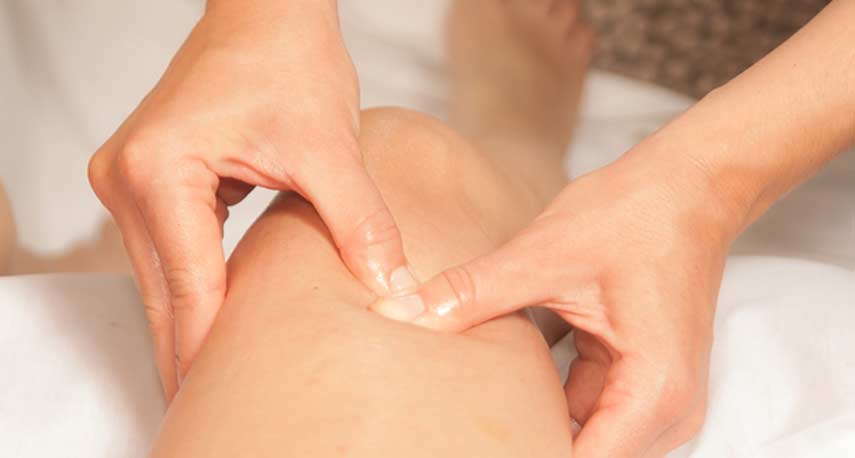
Chronic back, neck and joint pain can make it difficult to work and tackle other daily responsibilities.
Those who prefer noninvasive treatments might consider manipulation under anesthesia. Since this is not a treatment option commonly discussed, getting some information can help patients to learn more.
Manipulation Under Anesthesia Theory
Stubborn spinal pain, especially with it involves chronic muscle spasms or tightness, has been speculated to sometimes be due to scar tissue formation. This is believed to be associated with past surgeries or injuries to the area. These are referred to as fibrous adhesions and they are believed to possibly result in the nearby structures developing chronic inflammation. Such structures include muscles or nerves, or painful and stiff joints.
If the joints cause too much pain when someone tries to move them, manual manipulation or physical therapy could be too painful for the patient. In these cases, manipulation under anesthesia is an option.
When someone is under anesthesia, they will not guard the painful areas like they would when they are awake. This allows the doctor to move the joints through their full range of motion to stretch or break up the excess scar tissue to decrease inflammation and resistance.


Types of Anesthesia
There are three types of anesthesia that might be used for this procedure:
- Mild sedation: This type has the patient awake, but they are not likely to remember or experience pain during manipulation.
- General anesthesia: This type renders the patient unconscious so that they do not experience pain.
- Local anesthesia: This numbs the area that doctor is working on to promote comfort while the patient is awake for the procedure.
The Procedure
Manipulation under anesthesia can take anywhere from 10 to 60 minutes, depending on the area the doctor is working on. It may be done for several days in a row to increase the pain relief the patient experiences.
The doctor uses a variety of manipulations, including postural and articular maneuvers, specific short-lever spinal manipulations and passive stretching. There are no formal standards for manipulation under anesthesia, so each professional typically adopts the standards that they believe will be the most effective for the patient.
The goals of this procedure include:
- Stretching or breaking up excessive scar tissue
- Overcoming injury-related hypersensitivity so that patients can undergo other treatments, such as manual manipulation, physical therapy or an exercise program
- Reducing pain
- Reducing chronic muscle spasms
- Stretching muscles, tendons and ligaments that are persistently shortened
Possible Risks
This procedure is considered to be relatively safe, but there are some risks that patients should be aware of. Since anesthesia is used, there are risks associated with this, such as an allergic reaction to the medicine.

